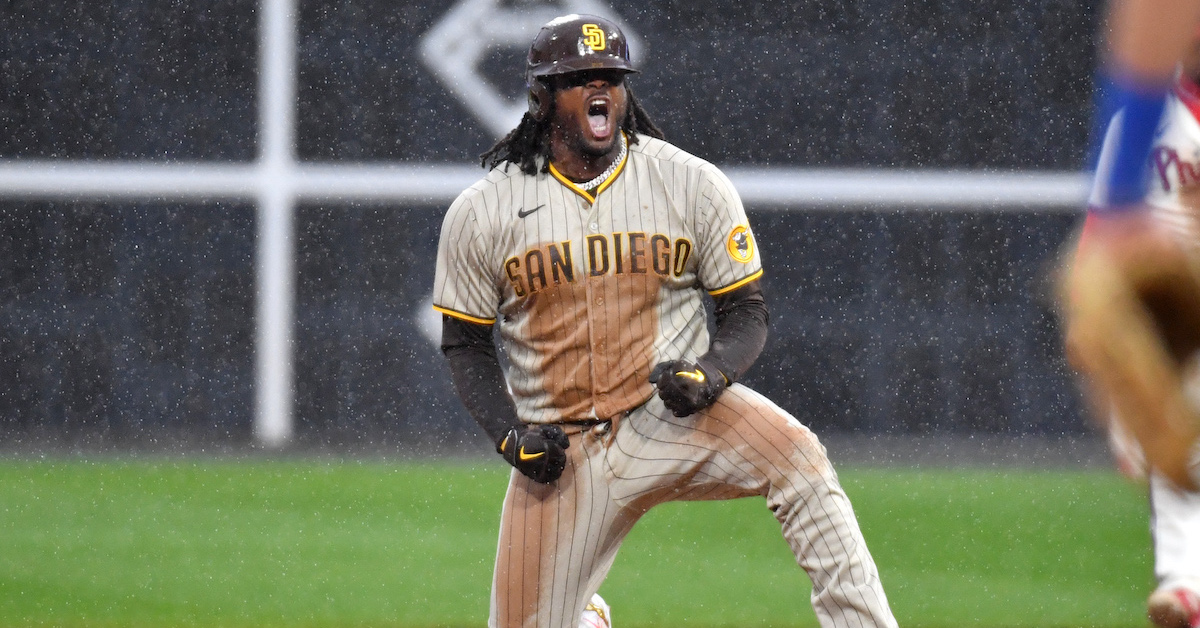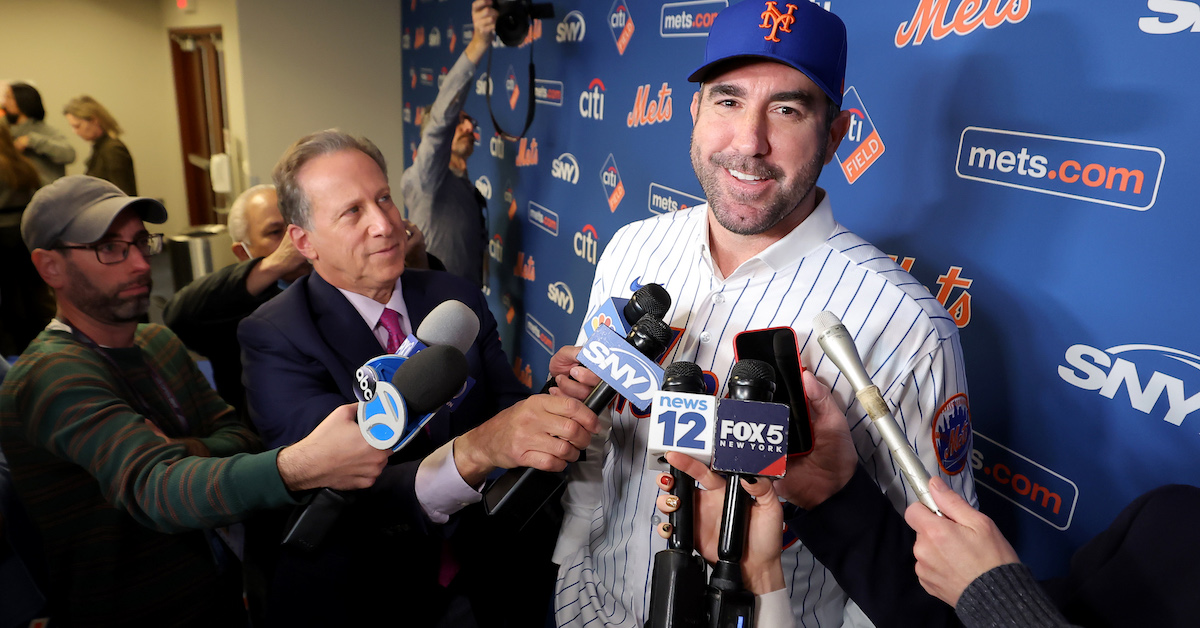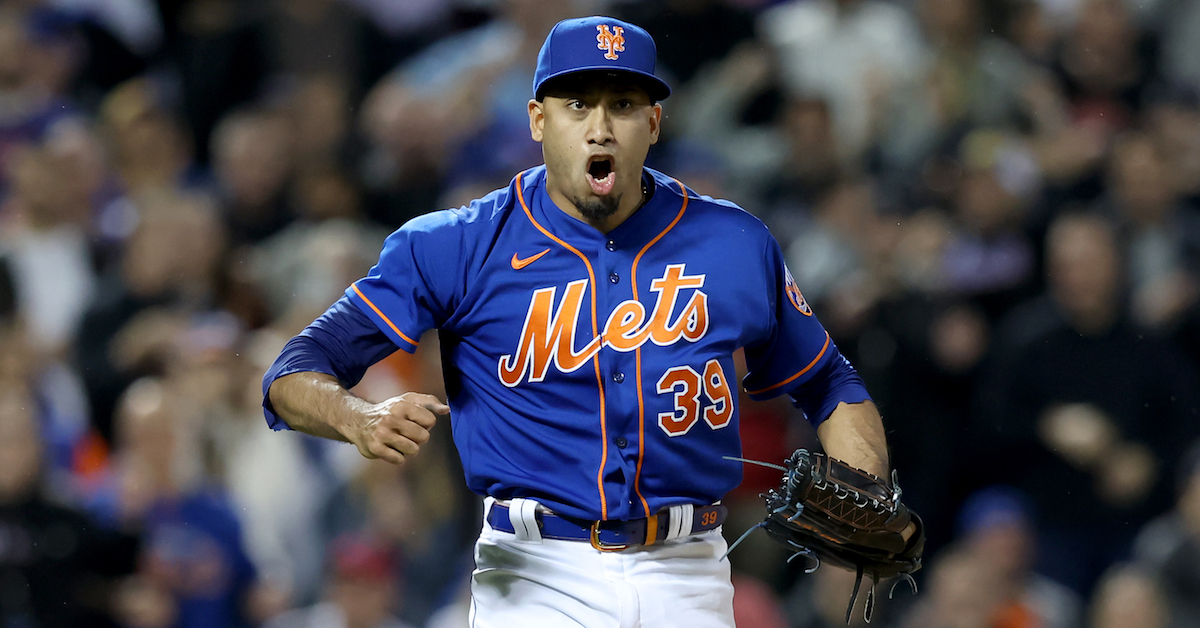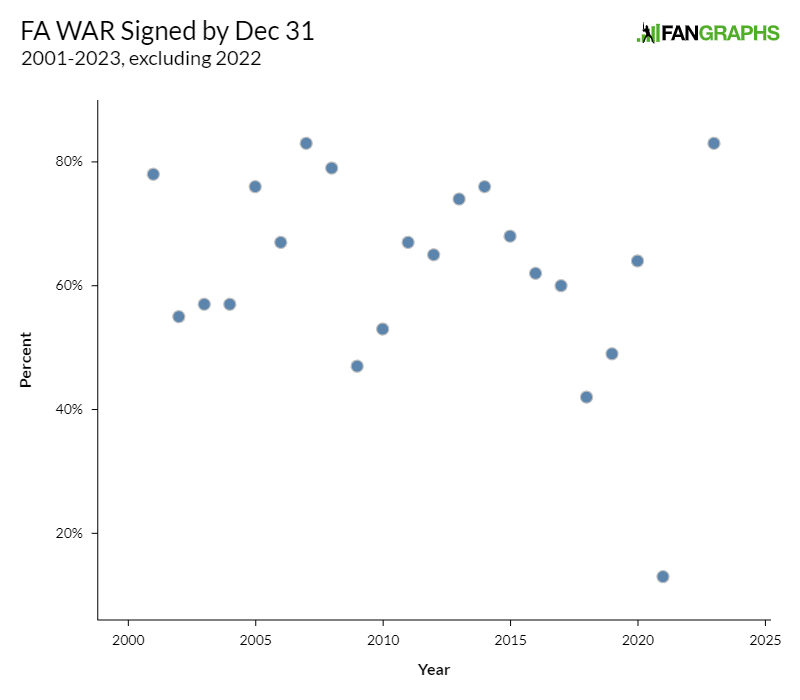The Twins Won the Trade That Had To Happen

Trades aren’t inevitable. We hear rumors of some player being on the block all the time. Sometimes, that ends in an actual trade. Frequently, though, it ends in nothing: some team shops a mystery player around, no one bites, and then everyone goes about their business as if the initial trade rumor never happened. But sometimes the rumors are just so strong that they’re bound to come true eventually. To pick a name at random (note: not random), the Marlins have reportedly been looking to trade Pablo López for eons. They can’t hit, they have plenty of starting pitchers, and López seems like the best trade option when considering the combination of potential return and expendability.
Likewise, Luis Arraez has intermittently been the subject of trade speculation. He’s a good hitter and versatile defender, but the Twins have enough infielders that they’ve been reduced to playing the 5-foot-10 (generously) Arraez at first base. When Carlos Correa returned to the fold, it looked like another year of Arraez at first base, so it didn’t take a rocket scientist to surmise that the Twins might look to move an infielder. They needed pitching. The Marlins needed hitting and crave contact ability. What happens when an unstoppable force meets an exceedingly movable object? The trade that had to happen, of course.
As Jeff Passan reported, Luis Arraez is now a Marlin after the Twins traded him for López and two prospects: Jose Salas and Byron Chourio. Both Arraez and López are the kind of player that smart front offices love to build around. They have multiple years of team control remaining at below-market rates thanks to the arbitration process. They’re both borderline All-Stars, and both have utility on more or less any team — Arraez because of his versatility and López because everyone needs pitching. Players like these two form the backbone of every sustainable winner, so it’s no surprise that each team demanded such a player when trading one away. Read the rest of this entry »









